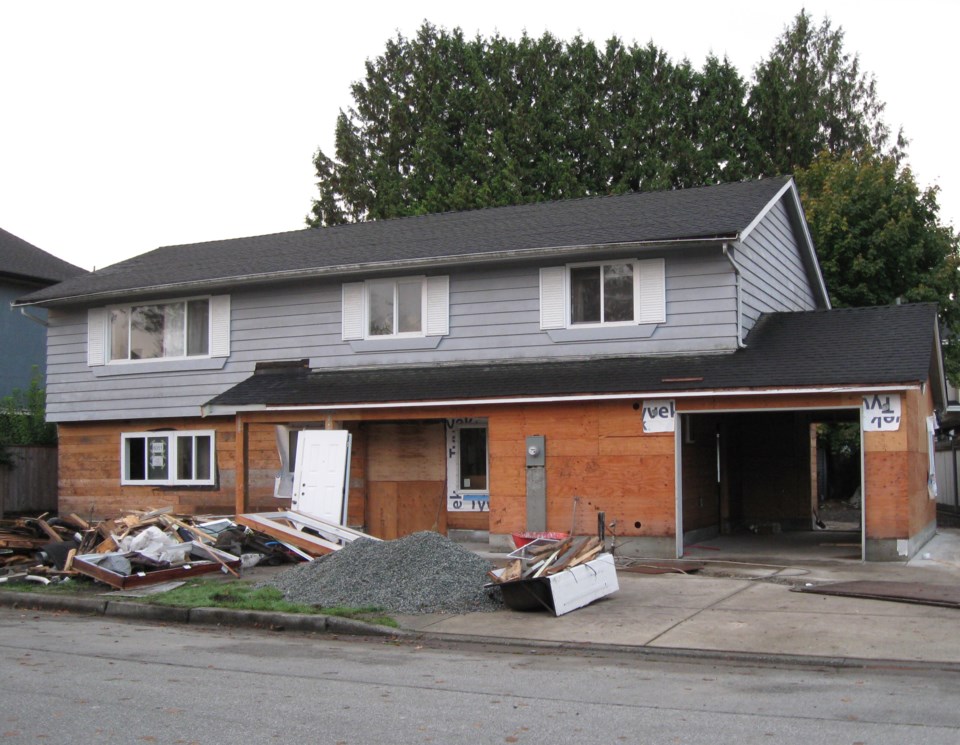The Spanish-American philosopher George Santayana (1863 to 1952) wrote in The Life of Reason (1905), “Progress, far from consisting in change, depends on retentiveness.” He was talking about history, but the same applies to other disciplines. In architecture, for instance, we’d surely make progress if we remembered how older civilizations built when safety and protection from the climate, not profit margins, were the decisive factors.
In my neighbourhood this past spring, renovations and expansions were started at a house originally built in 1966. Work is still in progress. I’ve been watching it daily, and nothing that I’ve seen suggests the house is being prepared for the kind of hotter weather we can expect from now on, based on the steady rise of temperatures over the last summers. The future inhabitants of this house will probably end up installing several air conditioners.
During the hot spell a few months back, there were days when air conditioners monopolized the media headlines. Everybody was trying to buy one. Demand soon outran supply. Rarely discussed, however, was the damage air conditioners do to the environment.
Air conditioning was invented (for industrial purposes) in 1902 by the American engineer Willis Carrier (1876 to 1950). It became common for home use after World War II, and since then its popularity has escalated in first-world countries. The problem with air conditioners may not have been foreseen a hundred years ago. As is the case with many other so-called necessities and conveniences of modern life, the energy to run them comes from fossil fuels. Air conditioners may be keeping interiors cool but they are causing the exterior – our planet – to warm up.
So what did people do to stay safe and comfortable in the heat in pre-air conditioning times? It’s neither a mystery nor rocket science. People took their cue from nature, which is precisely what the renowned Mexican architect Alberto Kalach does today. In fact, he not only believes air conditioning is unnecessary, he actually forbids it. Commenting on his work on a house in the Yucatán Peninsula, Kalach states, “It’s ancestral architecture you learn from ... the way it was designed, optimally cross-ventilated with few windows.” And in his design for an earth-friendly, energy-efficient hotel on Oaxaca’s coast, the rooms were orientated “to catch the winds; the breeze coming from the ocean during the day, and the cool air coming from the mountains at night ... Air-conditioning represents ... 8 percent of the contamination of the planet."
Up here in the Pacific Northwest we don’t yet have the same heat they have in Mexico, although by continuing to burn fossil fuels we’re heading for hotter and more frequent heatwaves. But it’s not impossible to change direction. Within the last few decades, interest has grown in the concept of the energy-efficient and environmentally-friendly passive house, and Vancouver is on board.
Mid-November a decision was made that, to all intents and purposes, offers us the opportunity to start with a tabula rasa and get things right. The Ministry of Housing, responding to the crisis, announced, “Homeowners and builders will soon be able to develop new housing quicker and with less cost as the province works to create new standardized designs for small-scale, multi-unit homes, such as townhomes, triplexes and laneway homes.”
Here’s our chance to demonstrate that respect for nature – for the planet – can become one of the key principles of building, not only for the future but also for today. If more housing is needed, let the standardized designs show that “quicker” and “with less cost” can be achieved without sacrificing the conscientiousness and honesty that are prerequisites for building responsibly.
Architects could learn a lot by looking to the past and to nature. The solutions are all out there, just waiting to be rediscovered.
Sabine Eiche is a local writer and art historian with a PhD from Princeton University. She is passionately involved in preserving the environment and protecting nature. Her columns deal with a broad range of topics and often include the history (etymology) of words in order to shed extra light on the subject.



